Here's how they all benefit
From end consumers right through to the Government and the country
1. Consumers
KEEP EXISTING METERS
Anyone who has had a smart meter installed will be able to use it to its maximum capability, even if they switch energy suppliers. This includes functionality not supported in SMETS2 (e.g. load switching, micro-generation and electric vehicle charging).ENERGY SAVINGS
They will be able to realise the energy savings promised by the digital energy revolution.
REDUCED SUBSIDY
They won't have to subsidise the installation of multiple meters, so keeping their energy bills down.
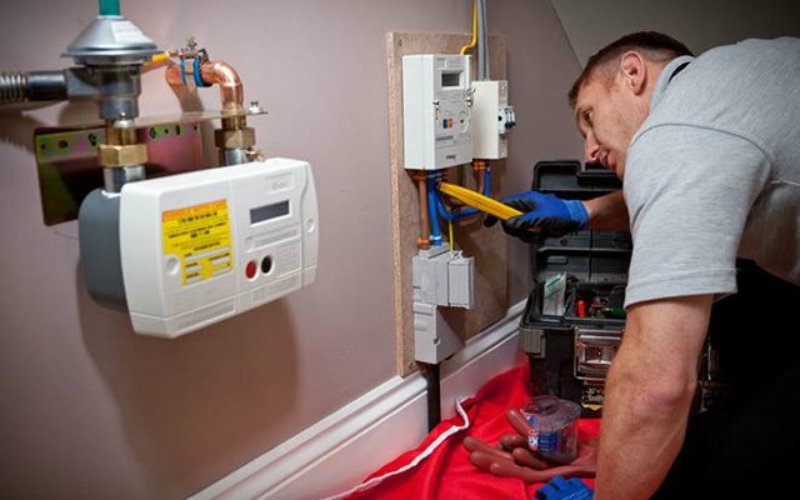
2. Meter Asset Companies
- Install more smart meters, more efficiently, and resurrect dormant meters.
- Provide continuity across Change of Supplier and Change of Tenancy.
- Better support for consumers (especially prepayment customers) when communications are down.
3. Energy Service Companies
- Facilitate new digital business opportunities which will help consumers save energy.
- New Contract Services to Energy Suppliers.
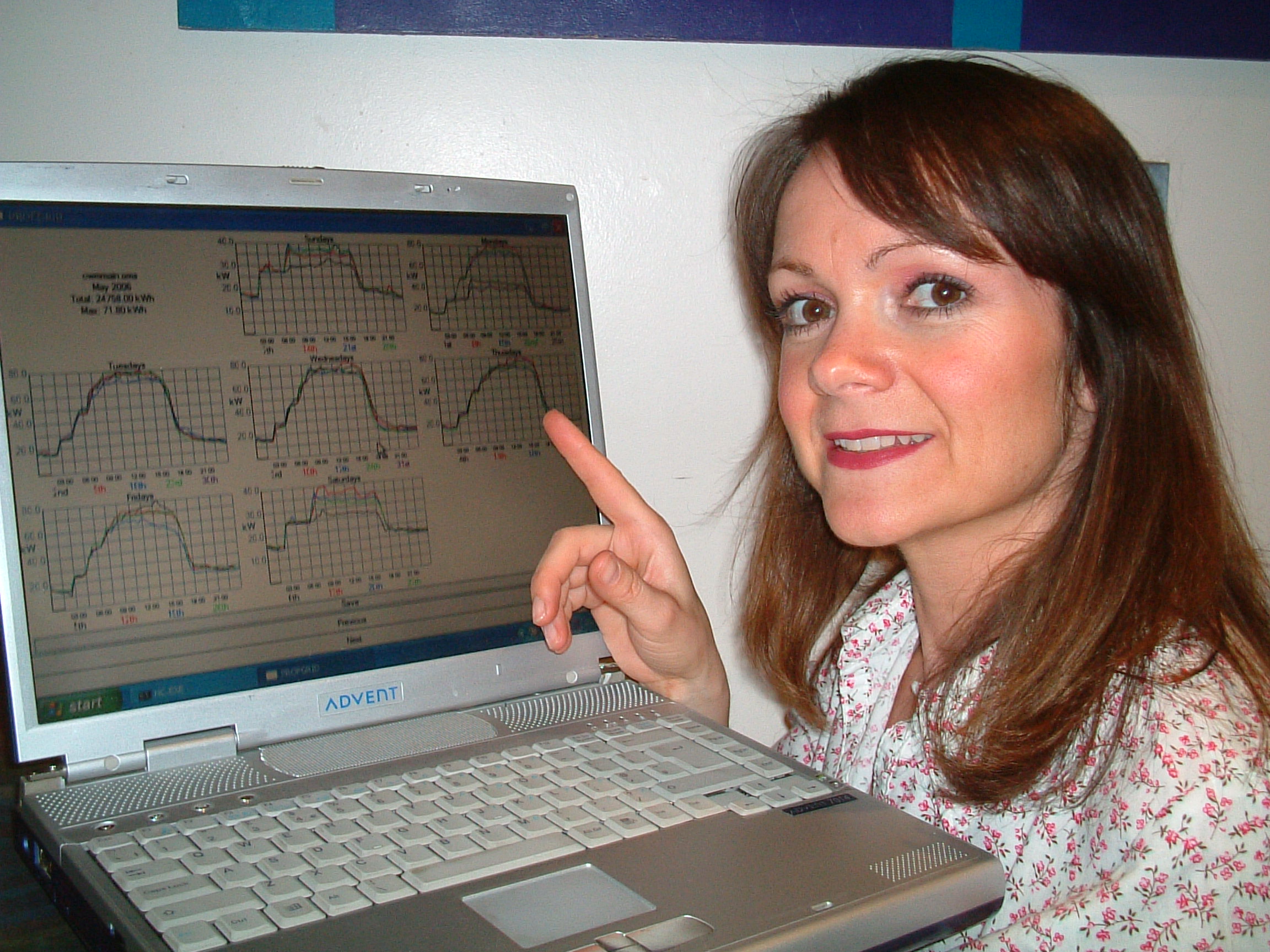
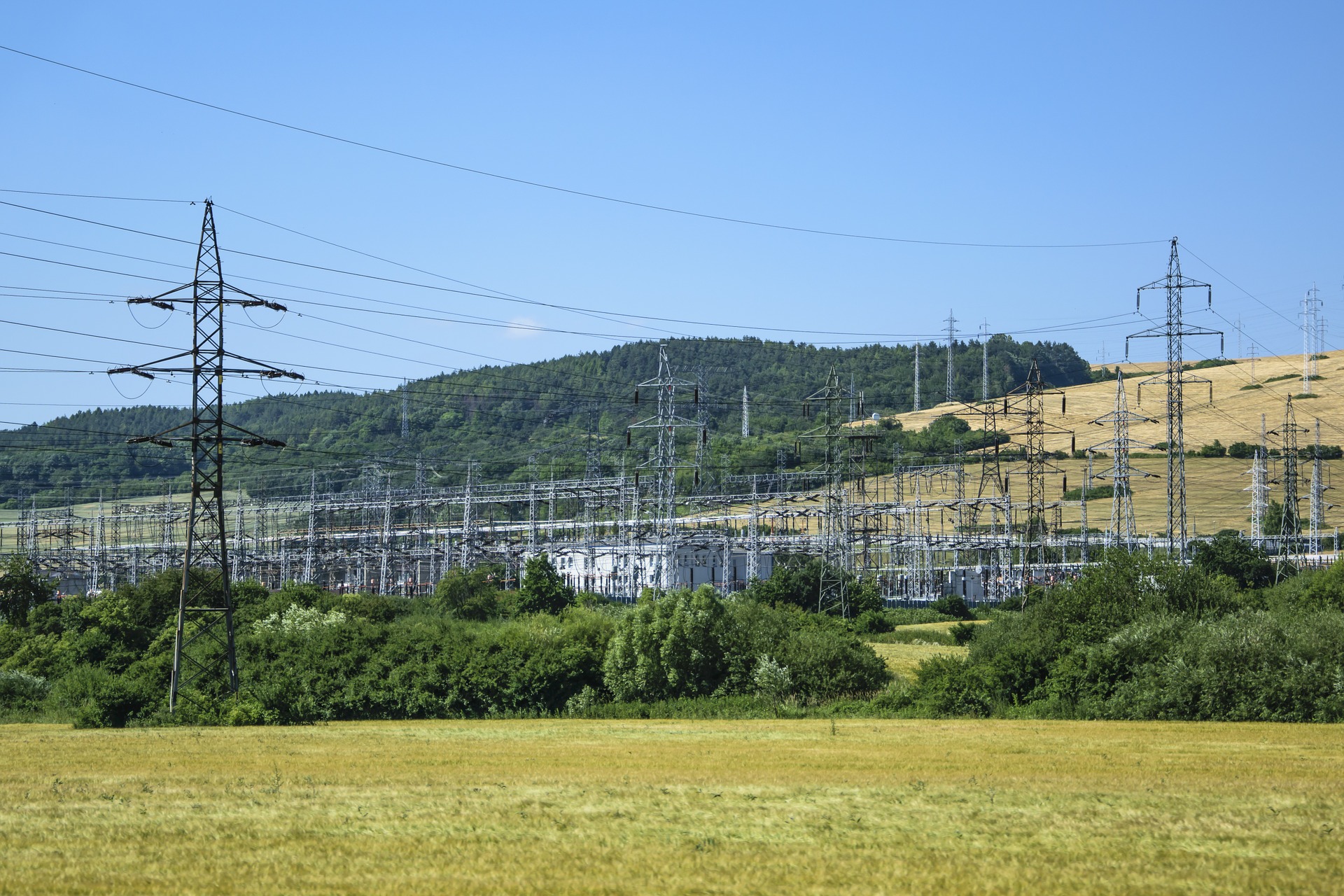
4. Energy Suppliers
- Reap meter reading benefits more quickly as you speed up the smart meter roll-out and connect to dormant meters.
- Provide added value digital business services which will help consumers with energy best practice.
- Avoid multiple leasing costs to consumers for the same metering point.
14.3m
SMETS11 meters installed
637,000
Dormant SMETS1 meters
£11bn
Estimated total cost for complete roll-out
4,316,877
SMETS21 meters installed
201,960
SMETS1 meters migrated to SMETS2
1. SMETS stands for Smart Metering Equipment Technical Specifications (for UK smart meters). SMETS1 is the specification for the first generation of smart meters and SMETS2 for the second.
Dormant meter numbers from a UK Government statement reported in August 2018. Other SMETS1 meter numbers from the BEIS Smart Meter Statistics Quarterly Report to 31 March 2019. Cost from the National Audit Office in March 2018. SMETS2 meter numbers from the DCC website (May 2020).
5. The Data Communications Company (DCC)
- Rapidly accelerate going live with both SMETS1 and SMETS2 meters, which will help you exceed your targets and benefit all parties.
- Devolve management of meter functionality and security to the experienced meter vendors.
- Achieve better compatibility between the different implementations of SMETS2 from the vendors.
- Catalyse innovation.
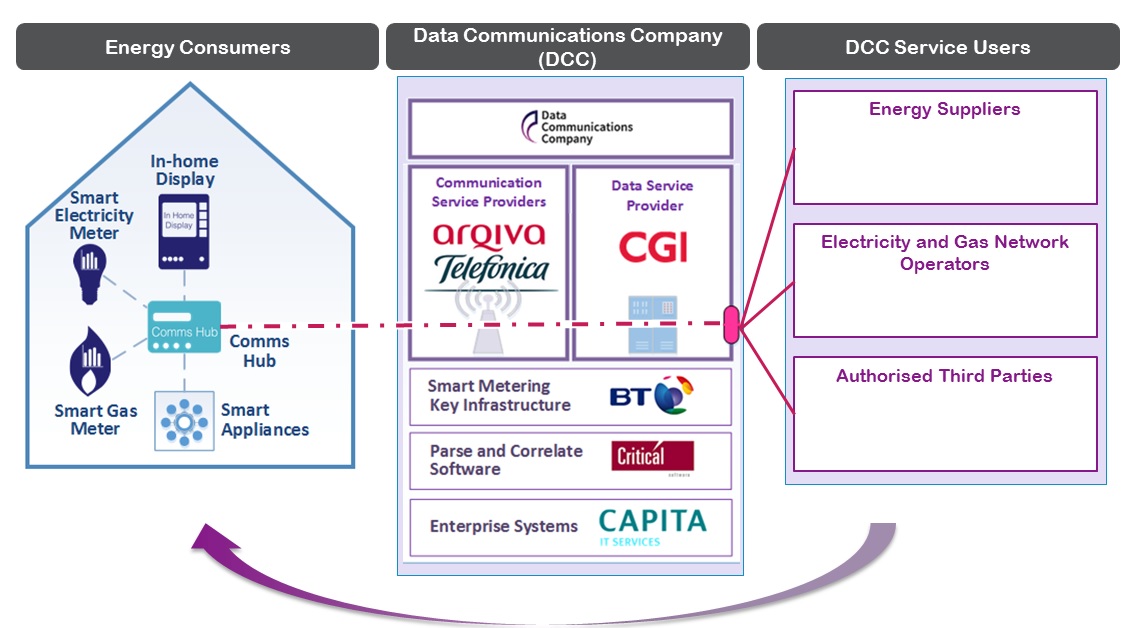
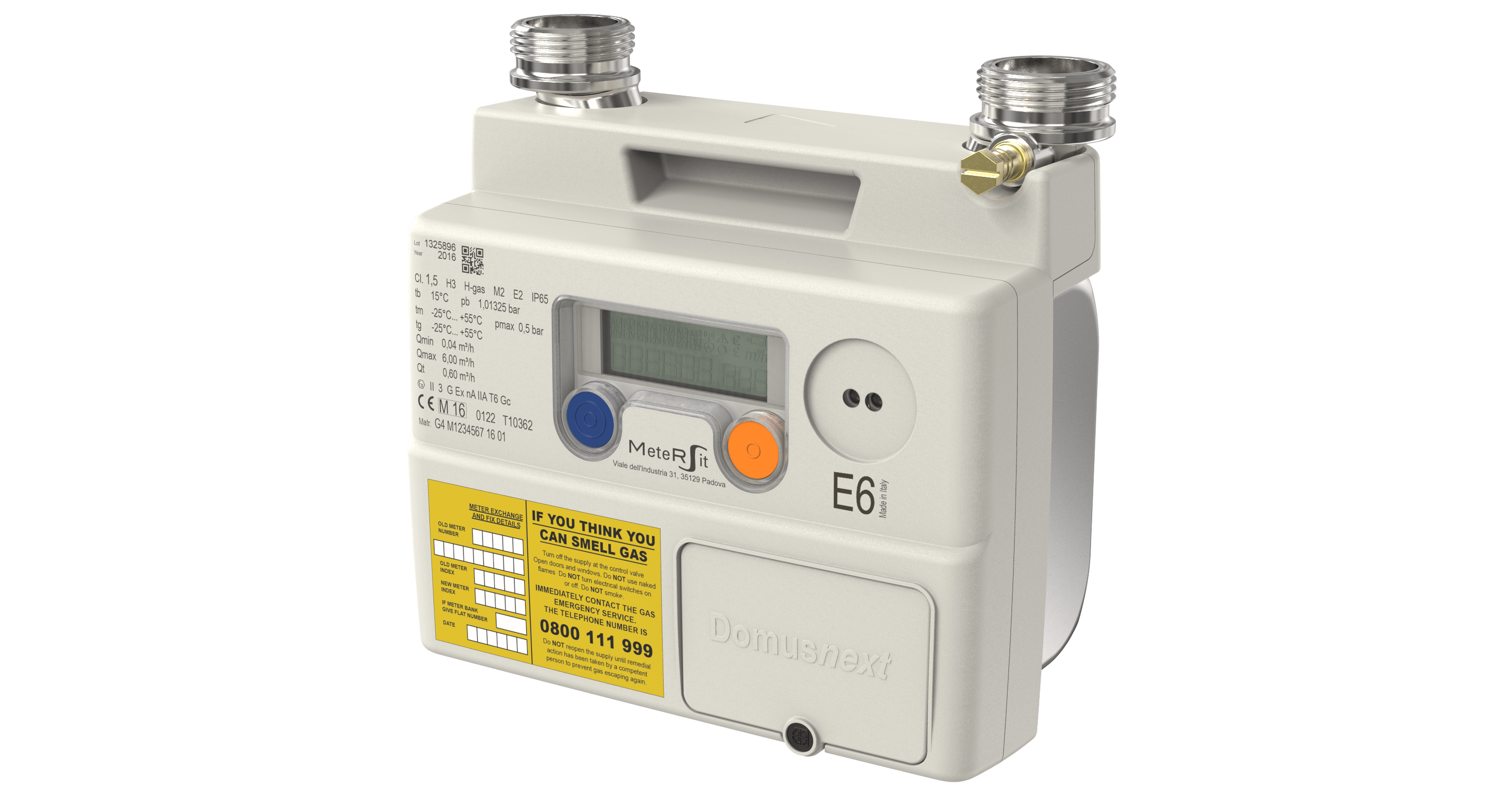
6. Meter, Communications and Software Suppliers
- Reap benefits from both your SMETS1 and SMETS2 meters, whilst still developing competitive advantages with new meters.
- Launch new functionality without first sharing unique features with competitors in standards committees.
- Keep up to speed with the latest network developments in 5G, Narrowband IoT and Bluetooth.
7. Government
- Realise energy savings for the country sooner
- Ensure good value for what has been spent and done
- Turn smart meters into a good news story
- Better positioning for re-award of the DCC contract (Capita being halfway through their term).
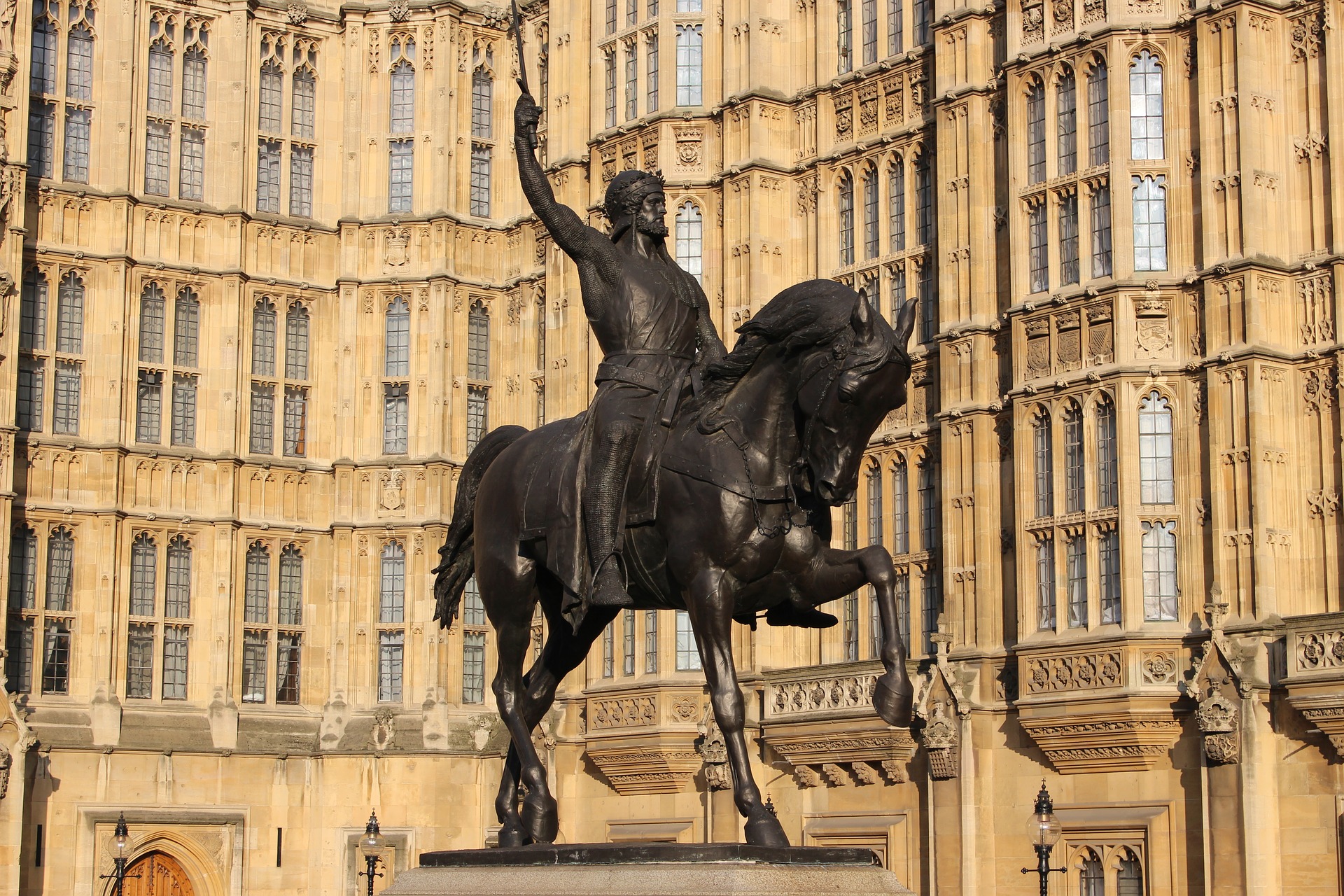
We are smart meter pioneers
Our technology has been powering smart meters for 32 years
TECHNOLOGY
We established The FLAG Protocol for smart meters, from which IEC 61107 and subsequently IEC 62056 were derived, and we are the maintainers of The FLAG Protocol. We developed CHIRPS, the embedded software running millions of smart meters around the world.
PRODUCTS
We have developed Metercom, CHIRPS and MeterPod
SERVICES
Our industry experience and product offering gives us a unique position in the market to tranform the implementation of smart meters for everyone's advantage.
PROJECTS
We won a competition by The Carbon Trust to develop the prototype which became MeterPod. We have also developed MeterPod Flow Seal as a derivative prototype product.
